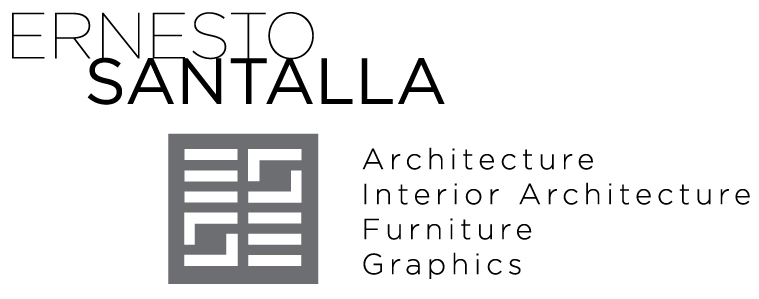Is it Art or Trash?
Written by Ernesto Santalla on April 16th, 2013 // Filed under Uncategorized
It moves us to laughter or even to tears. Sometimes it’s funny or perhaps frightening. It comes in any imaginable shape, size, color and material. It inspires. It’s masterful, poetic, delicate or violent. It’s anything and everything imaginable. It’s Art.
From prehistoric caves to man caves it shows up everywhere and sometimes out of nowhere, but its presence is undeniable. Trash becomes treasures to keep and collect or sell at auction. It’s always part of the avant garde, yet the best is ageless. New forms emerge and often dismissed, only to be recognized as a force to be reckoned with later on. Once it becomes mainstream, however, it’s already a part of history. It’s highly personal and even if you don’t like it, it may be undeniably good.
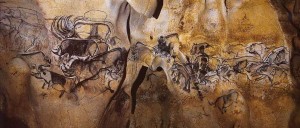
Wall paintings found at the Chauvet Caves c. 32,000-26,000 BC
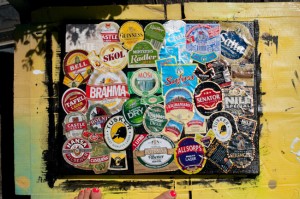
Present day self-expression found in a Man Cave, perhaps a work of découpage in progress
As patrons of the Arts, monarchs and religious leaders commissioned artists who created great works as a show of power and to preserve their legacy. Centuries later , art was democratized, yet comissioned work is out of reach for most. But if you want it, there is always a way to have it, if only the memory of having seen it, taken a snapshot or bought the exhibition poster.
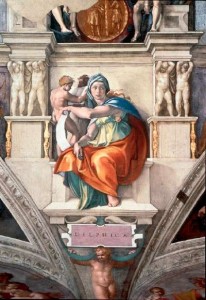
A Delphic Sibyl, part of Michelangelo’s ceiling painting for the Sistine Chapel, commissioned by Pope Julius II between 1508 and 1512
For millennia, we’ve surrounded ourselves with Art to adorn our homes, buildings and public spaces, which sometimes are a work of Art in themselves. Therefore, it eludes no one; yet in the midst of all our current freedom of expression, a lot of what’s touted as art is questionable, or at least for a while.
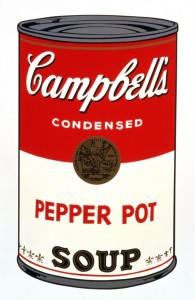
Highly controversial at the time, Andy Warhol’s Pop Art images are now iconic
If the work of highly successful artists is expensive, price does not determine quality. In fact, many great artist’s work never go mainstream during their lifetime.
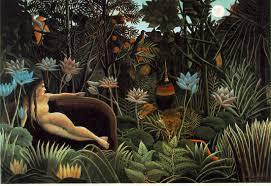
The Dream (1910) by Henri Rousseau, often ridiculed during his life and later considered a master of French Post Expressionism
Mind boggling, isn’t it? In the end, buy what makes you happy. If your goal is to put something on an empty wall, spend as little money as possible because the likelihood of keeping it a long time is low. If you want my opinion, feel free to ask, just be aware that I’d rather you have one quality piece over a house full of “stuff.”
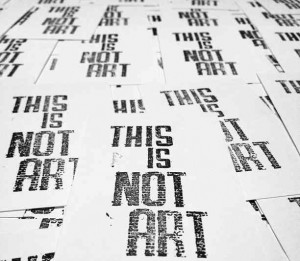
On the other hand, maybe it is.
